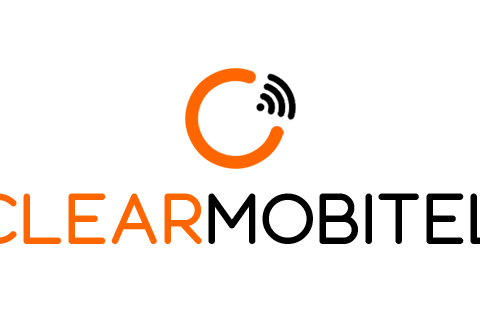Wearables for Good design challenge attracts over 600 registrations so far
#WearablesForGood
The Wearables for Good design challenge is rapidly turning into one of the most inclusive global technology races ever, attracting more ![]() than 600 registrations so far from Africa, Asia Pacific, Europe and North and South America all vying for two winning places. With the entry deadline approaching rapidly (Aug. 4), the Wearables for Good challenge website is seeing 5,000 page views per week with browsers’ ages ranging from 18 to 60 years-old and a fairly even split between male and female. The challenge, coordinated by UNICEF, ARM and frog, tasks entrants with creating ideas for new and innovative wearable devices that tackle issues such as maternal and child health needs in emerging economies.
than 600 registrations so far from Africa, Asia Pacific, Europe and North and South America all vying for two winning places. With the entry deadline approaching rapidly (Aug. 4), the Wearables for Good challenge website is seeing 5,000 page views per week with browsers’ ages ranging from 18 to 60 years-old and a fairly even split between male and female. The challenge, coordinated by UNICEF, ARM and frog, tasks entrants with creating ideas for new and innovative wearable devices that tackle issues such as maternal and child health needs in emerging economies.
Regions involved include:
- Africa: Egypt, Ghana, Kenya, Morocco, Nigeria, Senegal, South Africa, Tanzania, Uganda, Zimbabwe
- Asia: China, India, Pakistan, Nepal, South Korea, Vietnam
- Europe: UK, Germany, Italy, Netherlands, Spain
- North America: US, Canada
- South America: Brazil
“It is not too late to enter – we are looking for concepts that address these global issues, not final designs,” said Erica Kochi, co-lead and co-founder of UNICEF Innovation. “We set up the challenge this way to make participation widely available to anyone with a good idea. The challenge itself is unique among open tech challenges both in its global reach and with the focus on creating products to save lives, help educate young people or advance their communities in some way.”
“The Wearables design challenge was set to encourage a diverse group of people to create ideas for new technologies that solve a social problem,” said Simon Segars, CEO, ARM. “The broad spread of people registering tells us we are succeeding. This is hugely encouraging as conceiving technologies that tackle issues such as child health and education, especially in the emerging world, demands the attention of people with an array of life and professional experience.”
“We are excited to see submissions—and expressions of interest—coming from the geographies where these solutions will bring the most value and deliver the highest impact,” said Fabio Sergio, vice president of Creative, frog. “This challenge offers an opportunity for local innovators to submit ideas and concepts that draw on their inherent sensitivity to the needs and aspirations of the people they are trying to help.”
The applications will be reviewed by a panel of technology, design and humanitarian experts from August 4, with ten finalists shortlisted. The competition panel will assess entries on several levels including product and service design that disrupts or improves the status quo, sustainability of technology and potential impact at scale.
The ‘Use Case Handbook’, created by UNICEF and frog, guides the entrants and helps them structure their ideas. The handbook outlines the challenges that need to be addressed, as well as considerations, context and principles for good design.
Those ten finalists will receive about a month of coaching and mentoring to refine and resubmit their ideas. Out of the ten finalists, two winners will be selected at the end of the design challenge. Each winner will receive $15,000 funding alongside incubation and mentorship support from UNICEF, ARM and frog.








